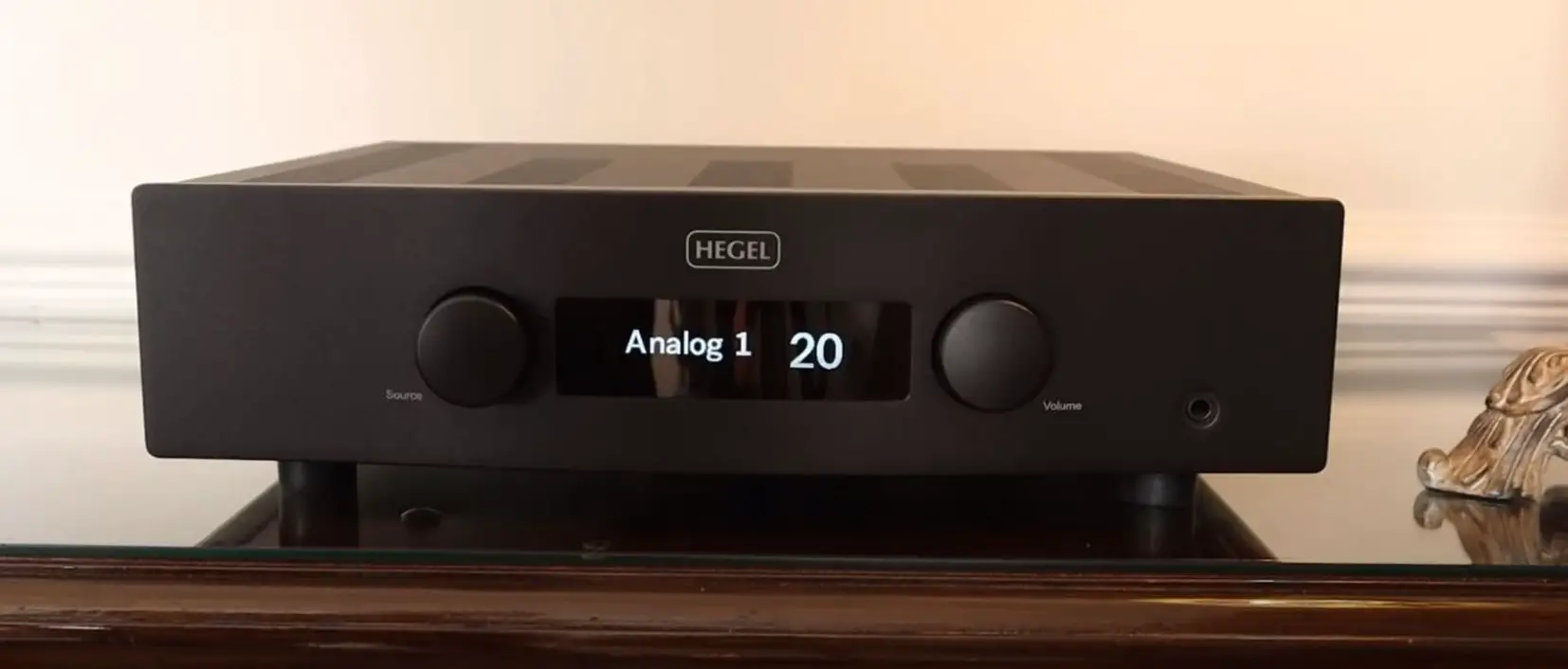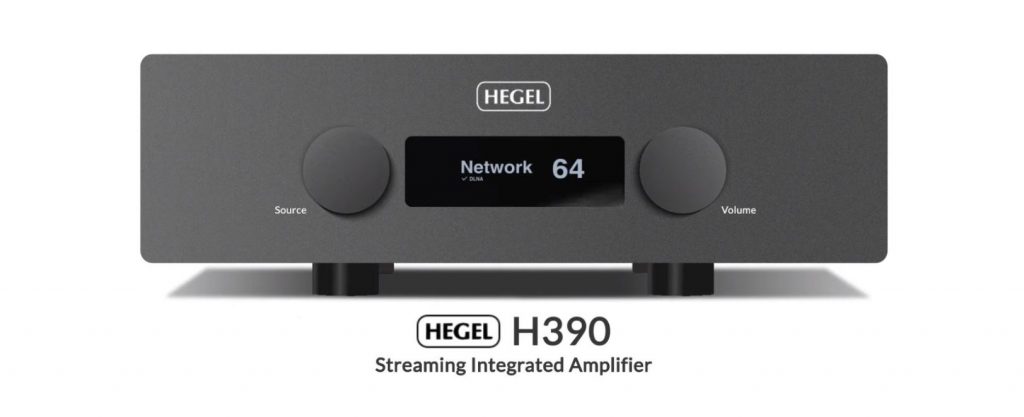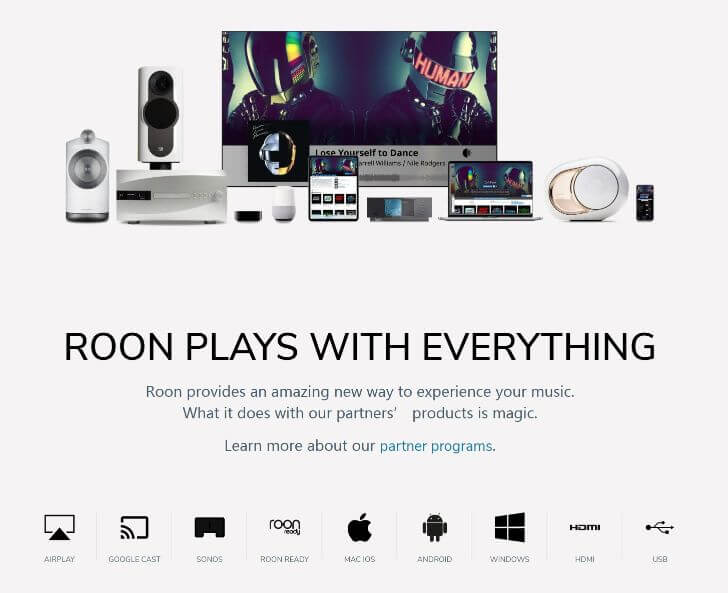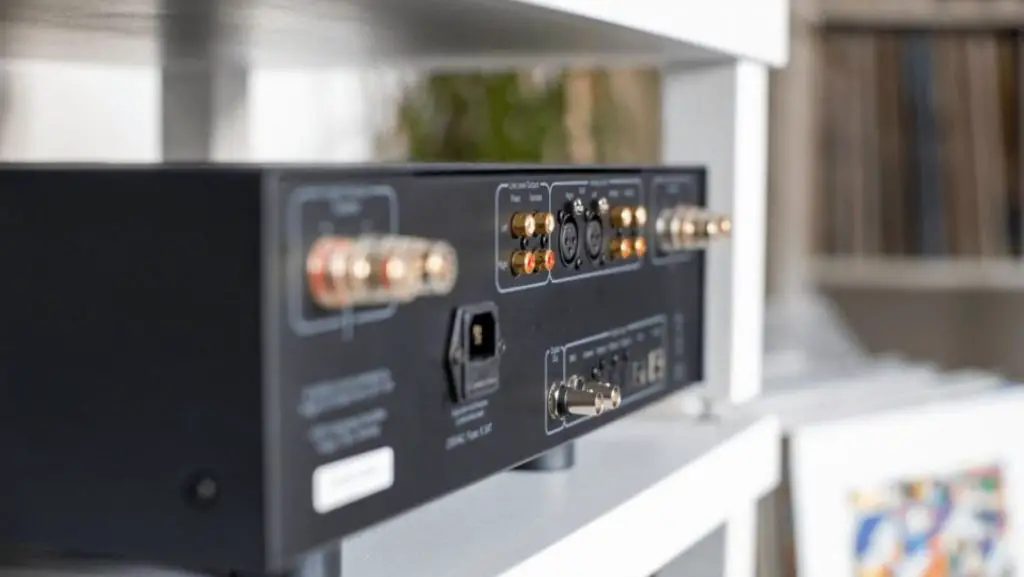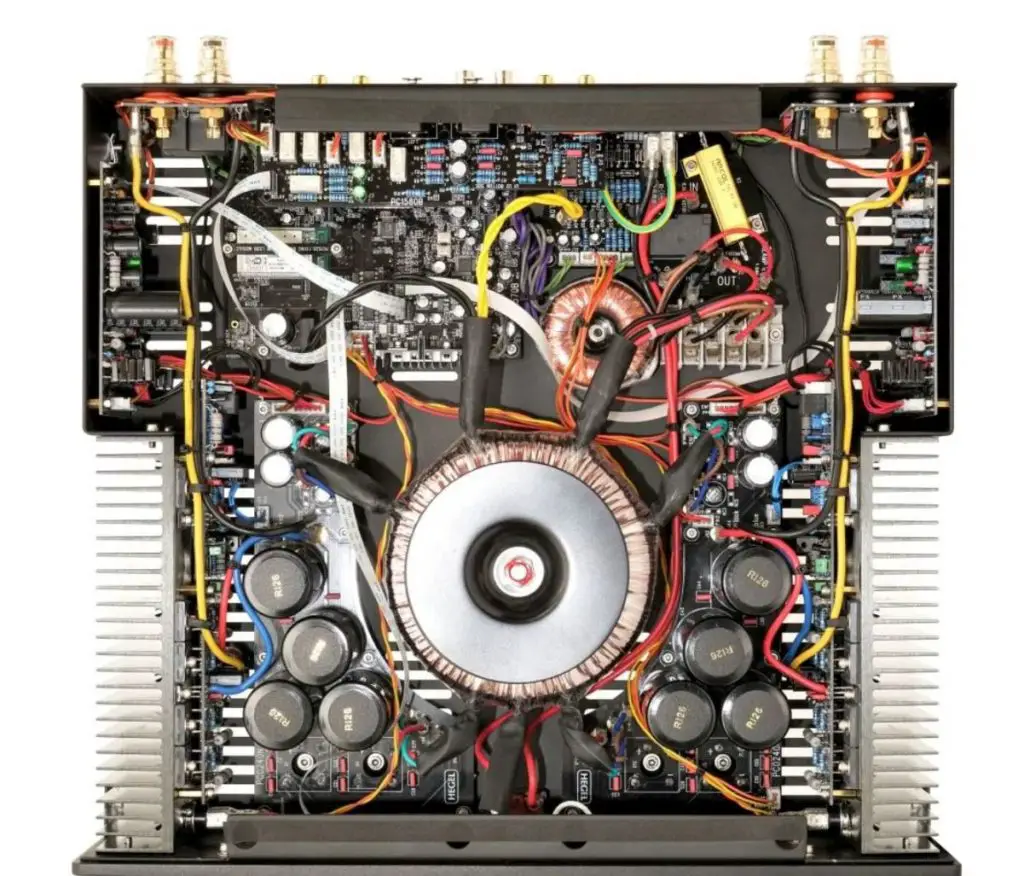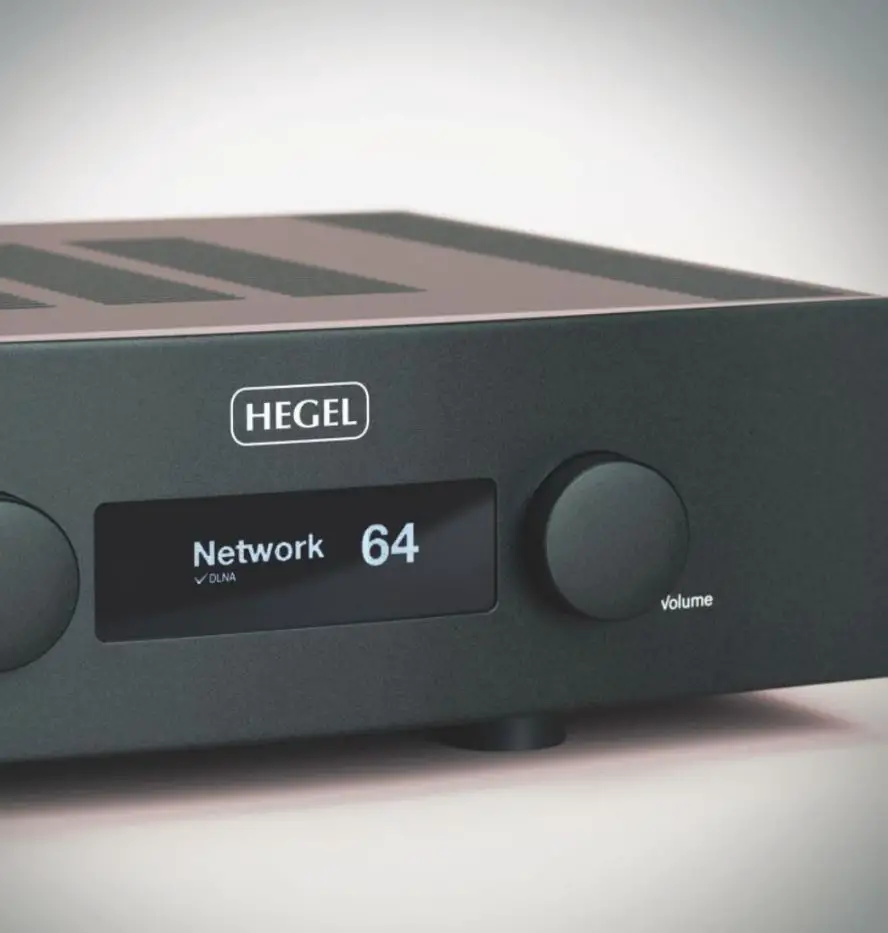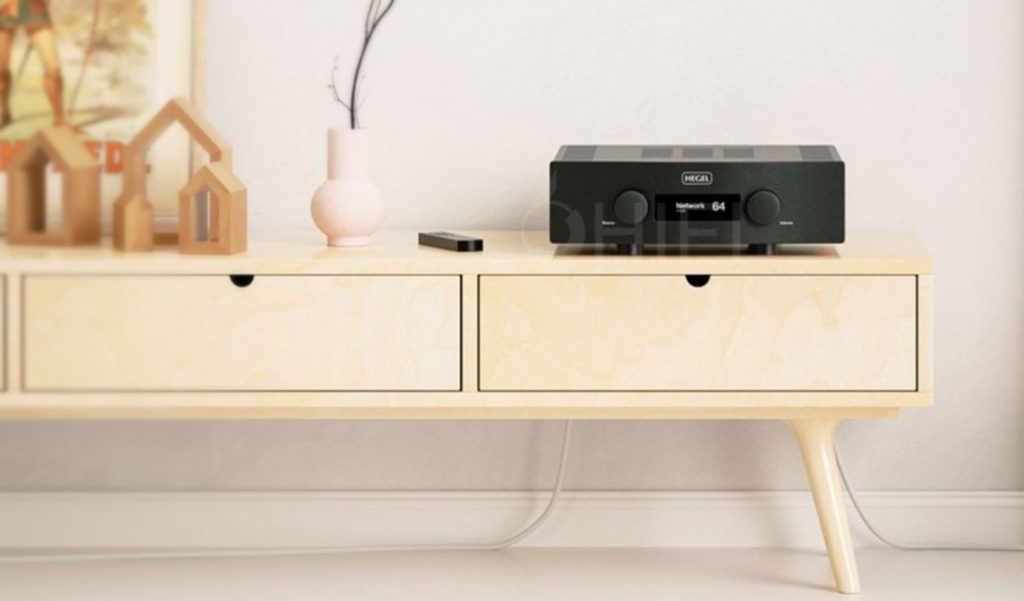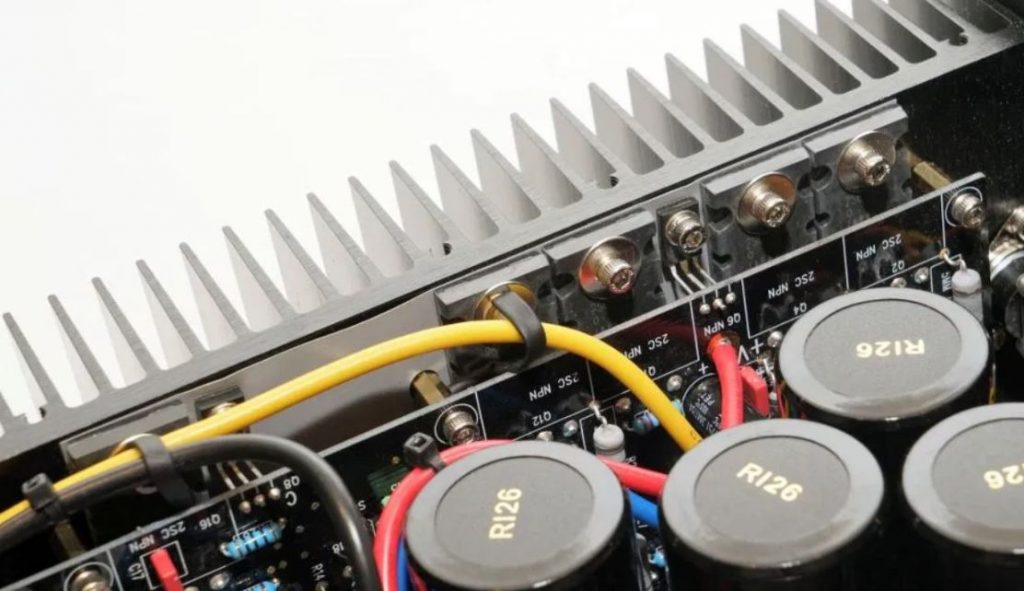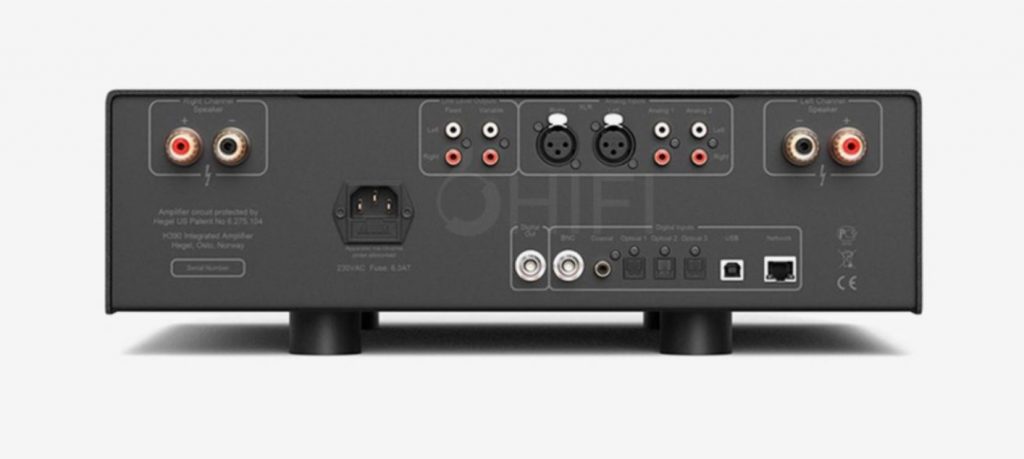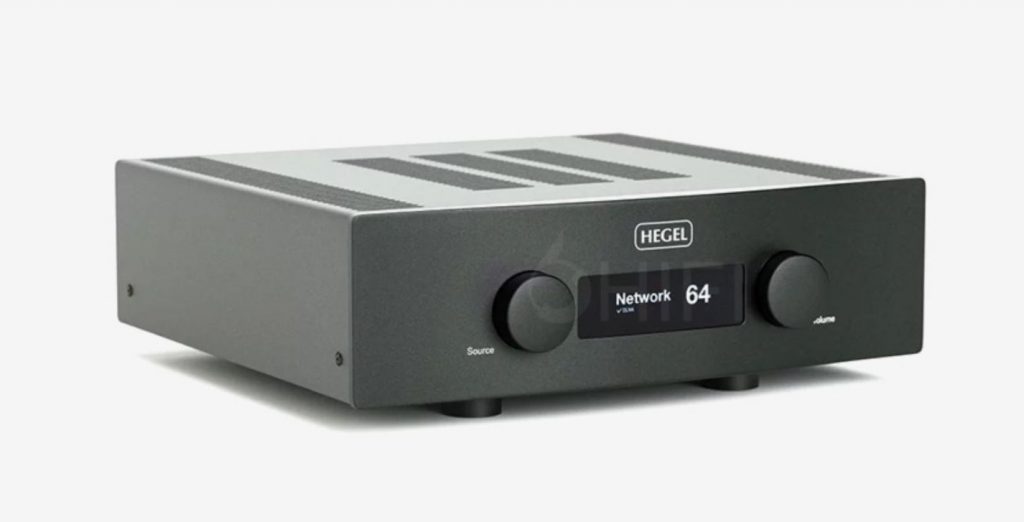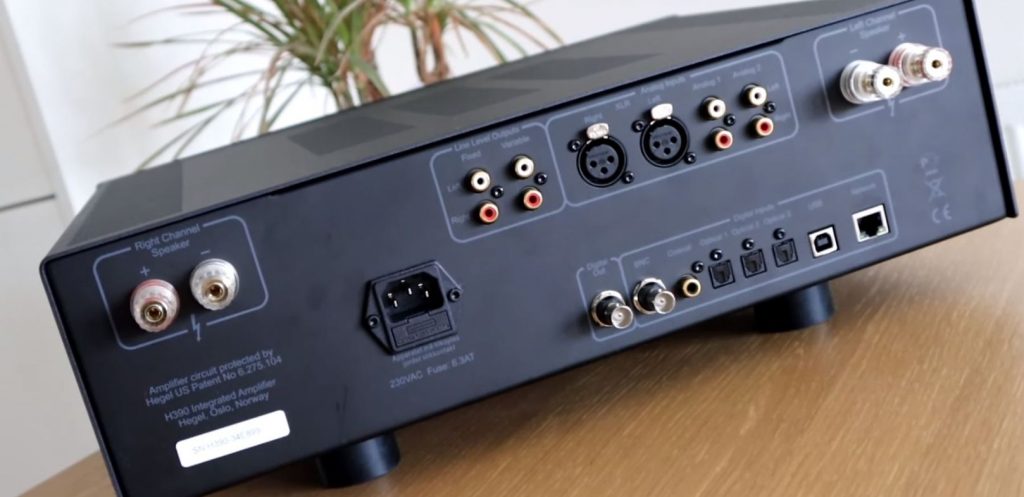Hegel H390 Review
The Norwegian audio company Hegel’s legendary H390 integrated amplifier has been released for some time. It’s the upgrade version of the Hegel H360 integrated amplifier. The original intention of the H360 is to be a power amplifier with an integrated DAC and network audio streaming function, and the Hegel H390 is considered as an upgraded version of H360.
The purpose is to simplify the structure of the system. It can be connected to the Blu-ray player, computer or the Internet. When playing the CD record or digital music files and simultaneously have a considerable output power, H390 can drive most of the HIFI speakers.
Hegel H390 supports DSD, and PCM digital audio files, up to DSD256 and 32bit/384kHz. MQA full decoding is also supported. It can be connected to the CD turntable via optical fibre or S/PDIF to decode and play MQA CD records.
At the same time, it also supports Roon Ready. Therefore, it can be said that the new generation of Hegel H390 has done a complete digital playback function.
What is Roon, and how does it work?
Roon is a paid digital music management software platform that can realize the centralized management of digital music from multiple storage sources. It can also stream audio and conduct the remote control to single or multi-room music devices.
Roon is considered the core of the brain. The use of Roon software can centrally store and manage all your audio files connected to the network. Roon only to establish associations to collect, not to store. The audio files can be stored in a computer/NAS/hard disk and TIDAL network streaming media.
Music files can be created a library-like music library to facilitate searching and music-related information, such as music cover, artist profile, comments, lyrics and singing time, etc.
After linking to the music source of Roon, you can search and view it on your mobile phone or computer. If you select music, you can stream the audio to the certified and adapted hardware devices in the local area network for lossless playback.
Roon is not only very convenient to manage music but also can obtain sound quality comparable to CDs. It also solves cross-device playing and the control of digital music for traditional HIFI audio equipment.
Therefore, it is loved by more and more users who love to collect digital music.
But, of course, for such groundbreaking software as Roon, to obtain Roon’s certification and docking, hardware manufacturers need the hardware to have high enough performance and decoding capabilities and considerable audio technology and in-depth software development capabilities.
When Hegel released the SoundEngine2 generation, several integrated amplifiers have been transferred to the next level in terms of power and control.
H360 already has SoundEngine2 technology. However, its momentum and energy exceed the capacity of my listening room. Coming to the successor Hegel H390 network streamer, the power is not inferior to H360, but the smoothness and control are perfect. Of course, it can stretch muscles and bones in ample space, and it can be retracted freely in the space of more than 100 feet, making H390 more comprehensive and More versatile.
Design
H390 is a replacement for the previously popular H360. The output stage uses four pairs of Toshiba C5949/A2121 power chips per channel. The rated output power is 250W/channel, and the damping coefficient of 4000 remains unchanged under an 8Ω load.
The main improvement of Hegel H390 is the use of the latest version of the SoundEngine 2 processing module, resulting in a provocative improvement in sound quality.
SoundEngine is HEGEL’s patented processing module. It is to sample the signal at the input stage and then compare the amplified signal with the arithmetic circuit and detector. Then the amplifier circuits generate a signal with the same amplitude but opposite phase to the distortion signal and transmit it to the output stage, thereby cancelling the detected distortion.
The SoundEngine 2 module used by the H390 is the latest generation, with faster action and better results.
Hegel H390 uses a higher-level decoding chip than H360’s original AK4490. The decoding chip of H390 is AK4493, which is the same as H590, except that its digital part is slightly simplified than H590. H390 also adopts HEGEL’s exclusive Bit Perfect technology.
In addition, measures are taken to reduce the time base error in all digital inputs so that the overall time of H390 is Base error <10ps.
The USB port can support up to 32bit/384kHz PCM signal and DSD256 signal. HEGEL will not deliberately upscale the digital signal to maintain the origin of the input signal.
The most important thing is that H390 amplifer is one of the rare amplifiers on the market that can directly decode MQA CD records, allowing you to enjoy the superior sound quality brought by high format resolution without replacing the original CD player. This kind of fun is unimaginable when listening to CDs in the past.
HEGEL amplifiers have always been known for their excellent power and control. That is based on its high damping coefficient to effectively manage the unit, especially the bass unit.
Even if the speaker is difficult to drive, the HEGEL amplifier can thoroughly squeeze the energy of the bass unit while firmly controlling it.
The woofer’s energy can be fully released, you will not feel weak in low frequencies, and you don’t have to worry about the bright high frequencies. The woofer is effectively controlled, and the speed, strength and clarity of the low frequencies are guaranteed, staying away from low-frequency blur, swelling, slowness and other troubles.
The sound of the HEGEL amplifier is neutral, accurate, pleasing and thick. Therefore, the HEGEL amplifier is very versatile. Basically, all speakers can play well with the HEGEL amplifier. Thus, satisfactory results can be obtained. For example, B&W and Sonus Faber have a big difference in personality. The same is true for ATC and Dynaudio, but they all match HEGEL very well.
Some audiophiles think that the greater the power of the amplifier, the better the control. In fact, this is not the case. The key is to see whether the damping coefficient of the amplifier is high enough.
Usually, we only need a few watts to a dozen watts to listen to music.
It is enough loudness. If an amplifier power is not enormous, but the control is good, it can also tame many speakers, and the HEGEL amplifier is the best in this regard.
For example, the H90 with an output power of 60W can easily drive a five-unit B&W 702S2 floor-standing speaker. The Röst with an output power of 75W is readily available for ATC SCM11 and Dynaudio Evoke 30.
For the Hegel H390, it can still work normally when the load impedance drops to 1Ω. At this time, the output power is as high as 1160W! Its driving force and control are even more impressive. At present, I know that the speakers challenging to be tamed including Magico A1, Dynaudio Contour 60, Dynaudio Special Forty, B&W 803D3, Focal Scala Utopia Evo, etc. H390 can nail them all well.
Sound Performance
Play “As Steals the Morn: Handel Arias & Scenes for Tenor” (Mark Padmore / Andrew Manze / The English Concert), the kind of sound that is fast, accurate, stretchy and highly analytical. Hegel H390 integrated amplifier can make the music lines are clear without being too sharp.
This kind of looseness comes from being quick and not rushing. The sound is natural and true, and it faithfully reflects the instrument, the human voice, and his/their interaction with space.
H390 has been able to reflect the quality and characteristics of the recording without harshness. It emphasizes the vocals’ texture without strengthening the roughness. As a result, it is slippery and natural, lively and not noisy.
The singer’s emotions are obviously fluctuating, with a touch of warmth. H390 can deliver subtle fluctuations clearer without losing coherence and smoothness. With a quieter background, its slightly warmer colours are further reduced to lower the inherent personality further, thereby enabling dynamic contrasts of different sizes.
The right amount of control and the ability to show the colours of different instruments has an excellent advantage for replaying large-scale symphonies. For example, listen carefully to “Bruckner: Symphony No.9” (Claudio Abbado, Lucerne Festival Orchestra), the cello and double bass, the clear lines, toughness, thick and thinness of the strings, and the warmth of the violin, showing out without noticing the lack of connection between the two. That is the brilliant feature of Hegel H390 music streamer.
The violins are equally distinct, and you can hear the sense of scale rather than a giant violin. Each violin has a very slight difference. Although very slight, it is enough to make you hear their existence.
There is no error in the three-frequency balance and the priority of the music.
Conclusion
Although Hegel H390 integrated amplifier is a simplified version of H590, it has all the functions of H590. It has a built-in UPnP and AirPlay2 streams module, can access online music streaming services, digital or analogue audio sources, or send music from your mobile phone. In addition, it supports DSD decoding, MQA.
It is coupled with HEGEL’s core amplification technology, Sound Engine and a damping coefficient of up to 4000. In addition, the price is almost half cheaper than Hegel H590. Therefore, it can be said that H390 can practically meet all needs.
Hegel H390 Specs
- Power output: 2 x 250 W into 8 Ω, Dual Mono
- Minimum load: 2 Ω
- Analog Inputs: 1 x balanced (XLR), 2 x unbalanced (RCA)
- Digital Outputs: 1 x coaxial (BNC)
- Digital Inputs: 1 x coaxial (BNC), 1 x coaxial (RCA), 3 x optical, 1 x USB, 1 x Network
- Line level Output: 1 x unbalanced fixed (RCA), 1 x unbalanced variable (RCA)
- MQA supported inputs: USB, BNC, Optical and Coaxial
- Frequency response: 5 Hz – 180 kHz
- Signal-to-noise ratio: More than 100 dB
- Crosstalk: Less than -100 dB
- Distortion: Less than 0.005% @ 50 W/8 Ω/1 kHz
- Intermodulation: Less than 0.01% (19 kHz + 20 kHz)
- Damping factor: More than 4000 (main power output stage)
- Dimensions incl feet: 14,5 cm x 43 cm x 44 cm (HxWxD), 20 kg unit weight
- Dimensions (US): 5.71″ x 16.93″ x 17.32″ (HxWxD), 44 lbs unit weight
- Special features: Set Startup volume | Set max volume | Software upgradable | Configure all inputs as fixed level inputs | IP control
